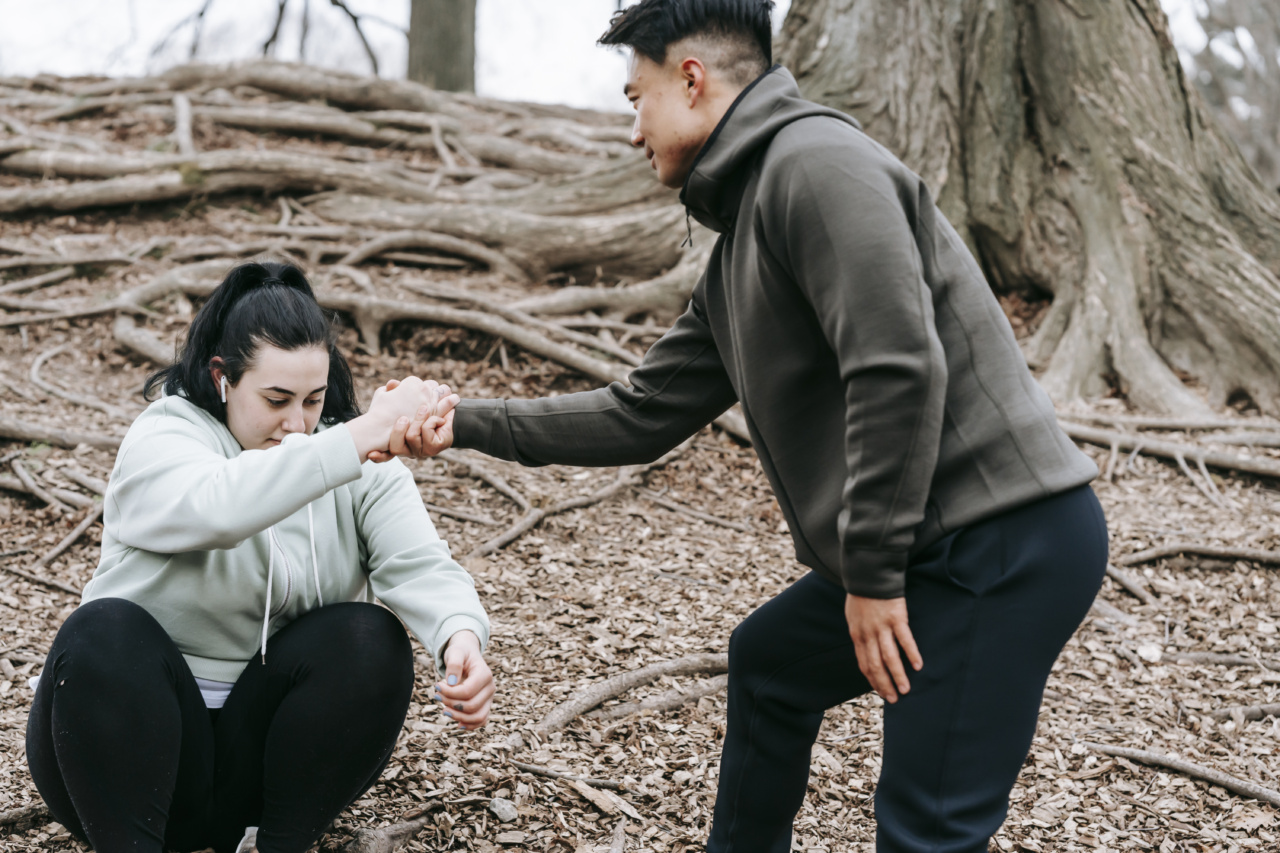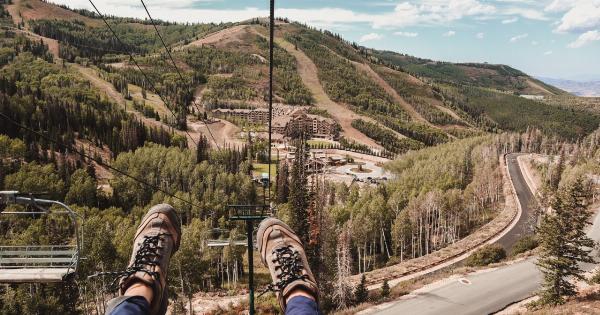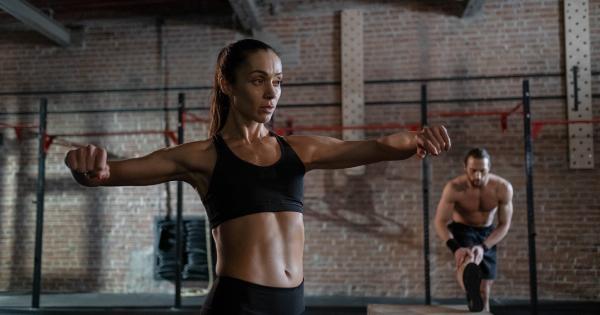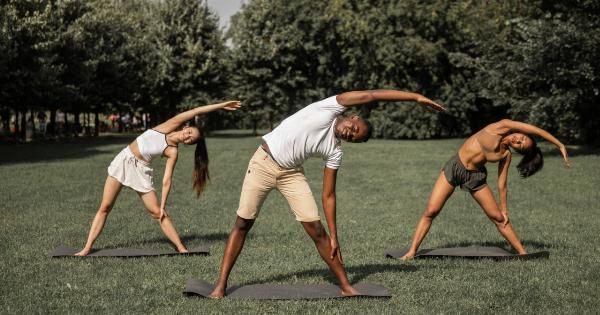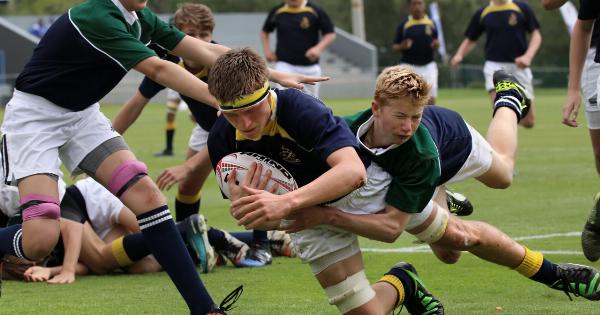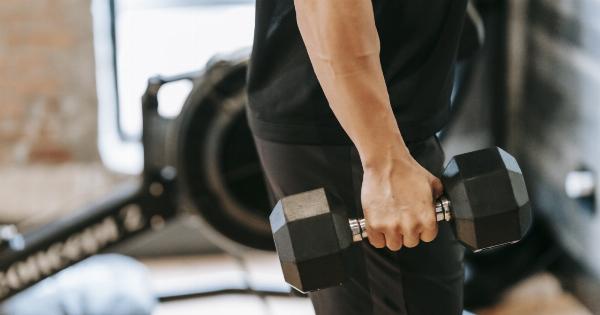The chest muscles, commonly referred to as the pectoral muscles, play a vital role in overall upper body strength and aesthetics. Having a well-developed chest can greatly enhance your physique and improve your overall strength and performance.
While many individuals resort to using artificial methods such as steroids or surgery to achieve the desired results, there are several natural ways to help you get a bigger chest. In this article, we will explore 10 natural tips that can assist you in achieving the chest of your dreams.
1. Incorporate Compound Exercises
Compound exercises, such as bench presses and push-ups, engage multiple muscles simultaneously, including the chest muscles. These exercises help stimulate muscle growth and increase overall chest size.
Additionally, compound movements recruit more muscle fibers and trigger the release of growth hormones, which aid in muscle development.
2. Prioritize Progressive Overload
Progressive overload is the key to muscle growth. This involves gradually increasing the amount of weight you lift or the number of repetitions performed over time.
By consistently challenging your chest muscles with heavier weights, you encourage muscle growth and development. Progressively increasing the load on your chest muscles will lead to a bigger and stronger chest over time.
3. Vary Your Repetition Ranges
Experimenting with different repetition ranges can help stimulate muscle growth in various ways.
Performing low-repetition, high-intensity sets can help build strength and density, while higher-repetition sets can enhance muscle endurance and promote hypertrophy. It is essential to incorporate both low and high repetition ranges into your training routine to stimulate all muscle fibers and achieve a well-rounded chest.
4. Ensure Proper Form and Technique
Performing exercises with proper form and technique is crucial for maximizing muscle stimulation and avoiding injuries. When performing chest exercises, focus on maintaining a controlled and stable movement throughout the entire range of motion.
Engage your chest muscles and avoid overusing other muscle groups to ensure targeted chest stimulation and optimal results.
5. Include Isolation Exercises
While compound exercises are highly effective for overall chest development, incorporating isolation exercises can further enhance muscle growth in specific areas of the chest.
Exercises such as chest flies and cable crossovers isolate the chest muscles, targeting them from different angles and promoting balanced growth. Including isolation exercises in your workout routine can help you achieve a symmetrical and well-defined chest.
6. Don’t Neglect Caloric Surplus
To promote muscle growth and achieve a bigger chest, you must consume a sufficient number of calories to support that growth.
Creating a caloric surplus by consuming more calories than your body burns can provide the necessary fuel for muscle development. Focus on consuming nutrient-dense foods such as lean proteins, complex carbohydrates, and healthy fats to ensure your body has adequate resources to build a bigger and stronger chest.
7. Prioritize Rest and Recovery
Rest and recovery are essential components of the muscle-building process. Your chest muscles need time to repair and grow stronger after intense workouts. Aim for at least 48 hours of rest between chest workouts to allow sufficient recovery time.
Additionally, prioritize adequate sleep and incorporate strategies such as foam rolling and stretching to enhance recovery and optimize muscle growth.
8. Increase Training Frequency
While rest and recovery are vital, increasing the frequency at which you target your chest muscles can also accelerate growth.
Instead of training your chest once a week, consider incorporating two to three chest-focused workouts into your weekly routine. However, ensure that you allow for adequate rest between intense chest workouts to prevent overtraining and injury.
9. Include Resistance Bands and Bodyweight Exercises
Resistance bands and bodyweight exercises can be fantastic tools to build chest muscles, especially when access to traditional gym equipment is limited.
Resistance bands can provide variable resistance throughout the range of motion, stimulating chest muscles in unique ways. Additionally, bodyweight exercises such as push-ups and dips can effectively target the chest muscles without the need for additional weight.
10. Stay Consistent and Patient
Building a bigger chest takes time, and it is essential to stay consistent and patient throughout the process.
Results will not happen overnight, but by implementing the tips mentioned above and maintaining a dedicated workout routine, you will gradually notice improvements in your chest size and overall muscle development.
